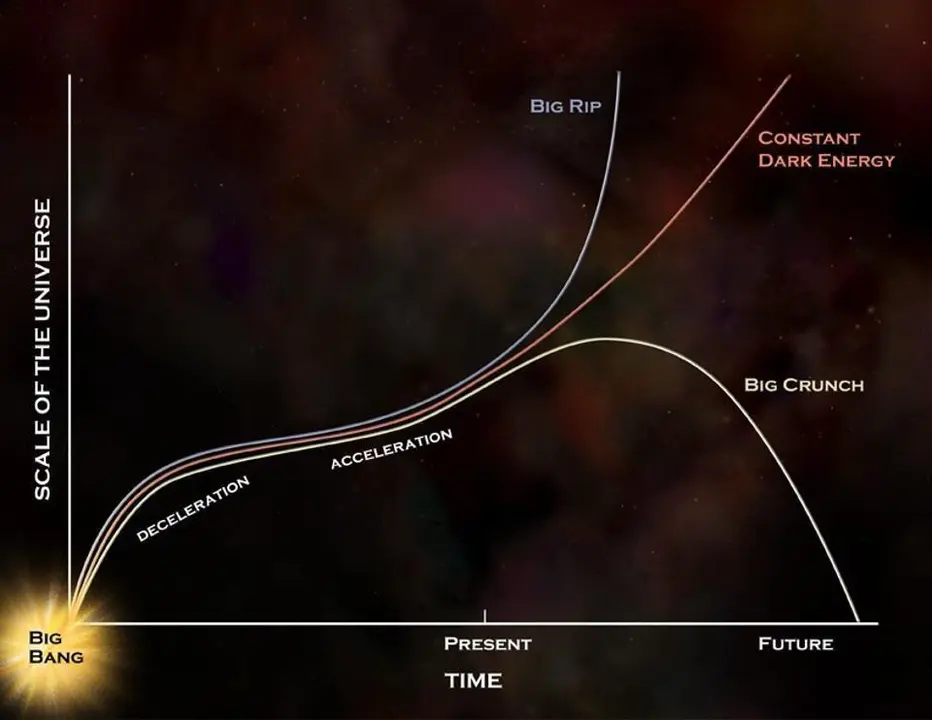Mar 28, 2023, Posted by: Ava Bialy

How Relative Musical Notes Impact Music Theory and Composition
Music theory and composition involve the use of notes and chords to create a variety of musical pieces. Depending on the style of music, the notes and chords used can be either relative or constant. Both have their advantages and disadvantages, and understanding the differences between them can help both amateur and professional music composers create the perfect piece for any occasion.
When it comes to relative notes, the notes are related to each other based on the key of the piece. For example, in the key of C Major, the notes of C, D, E, F, G, A, and B would all be related. This makes it easier for a composer to create harmonious melodies and progressions, as the notes fit together nicely. However, the downside of relative notes is that it can be difficult to move away from the key without creating dissonance or clashing sounds.
Constant notes, on the other hand, are the same regardless of the key of the piece. This means that a composer can use the same notes and chords regardless of what key they are in, making it much easier to create unique melodies and progressions. However, this can also make it difficult to move away from a key without creating dissonance or clashing sounds. Additionally, constant notes can sometimes sound a bit monotonous, as they don’t have the same level of harmonic complexity as relative notes.
Using relative and constant notes in music composition can be a tricky balancing act. On one hand, relative notes provide the necessary harmonic complexity needed to create interesting pieces. On the other hand, constant notes provide the flexibility to move away from a key without creating dissonance. Ultimately, it is up to the composer to decide which type of notes to use and how to best use them in order to create the perfect musical piece.
Exploring the Debate Over Relative vs. Constant Musical Notes
Music is one of the oldest forms of human expression, and it has been used to express emotion, tell stories, and evoke memories. But what is the root of music? It all starts with the fundamentals of sound: musical notes. For centuries, musicians have debated whether musical notes are relative or constant. So, what is the truth?
What Are Relative Musical Notes?
Relative musical notes are notes that are based on harmonic relationships. This means that the notes are based on the intervals between each note, rather than on a fixed frequency. In other words, the notes are relative to each other, rather than to a universal frequency. This type of note is often used in jazz music, where the musicians improvise based on the relationships between the notes.
What Are Constant Musical Notes?
In contrast to relative musical notes, constant musical notes are based on a fixed frequency. This means that each note is assigned a specific frequency, and that frequency does not change. This type of note is often used in classical music, as it is important to keep the same pitch throughout the piece. Constant musical notes are also used when tuning instruments, as they provide a reliable reference point.
Which Is Better?
The debate between relative and constant musical notes is ongoing, and both sides have their merits. Relative musical notes allow for more flexibility and improvisation, while constant musical notes provide a consistent reference point. Ultimately, the choice of which type of note to use should depend on the type of music being played. Classical music will generally require constant musical notes, while music with more improvisation will benefit from relative musical notes.
Ultimately, the debate between relative and constant musical notes is not likely to be settled any time soon. Both types of notes have their own advantages and disadvantages, and which one you choose should depend on the type of music you are playing. With a little bit of experimentation, you can determine which type of note is best suited for your music.
Author
Ava Bialy
I'm a passionate artist and art enthusiast. I enjoy exploring different visual art forms, from painting to sculpting, and I love learning about the history of art and its impact on society. I'm always looking for new ways to express myself and to share my creativity with the world.